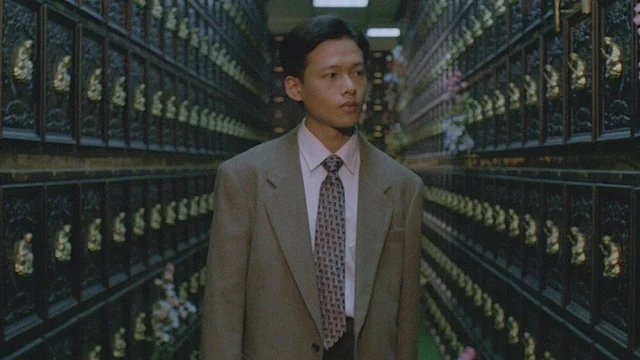The House of the Devil (Ti West, 2009)
Cast: Jocelin Donahue, Tom Noonan, Mary Woronov, Greta Gerwig, AJ Bowen, Dee Wallace. Screenplay: Ti West. Cinematography: Elliot Rockett. Production design: Jade Healy. Film editing: Ti West. Music: Jeff Grace.
I’ve said it before: I’m not particularly interested in or scared by horror movies. But as an amateur film historian, I feel compelled every October to sample the horror classics and newer movies provided in anticipation of Halloween by movie channels and streaming services, even the high-toned ones like the Criterion Channel. The trouble sometimes is that I’m not in on the jokes provided by the horrormeisters, who love to reference older films in the genre. Several things should have clued me in, starting with the oddly flat-footed title, that The House of the Devil was going to be something of an hommage to earlier films, particularly the opening screen that referred to the wave of “satanic cults” that made news in the 1980s. The deliberately retro look of the opening credits themselves should have alerted me, and when Greta Gerwig showed up with Farrah Fawcett hair I did begin to suspect something was up. Since I didn’t watch horror movies in the ‘70s and ‘80s, I’m not the right audience for Ti West’s throwback movie. So all I can say is that it’s a well-done tribute to the kind of movies I should have been watching in order to be the right kind of audience. It’s nicely paced, if a little slow in spots, setting up the menace lurking in the old dark house, and showing us that Samantha, well acted by Jocelin Donahue, is spunky and resourceful up to a point – that point being her willingness to go upstairs, something nobody in a horror movie should ever do. And the cataclysmic burst of action at the film’s climax is as satisfying as it should be. I even appreciated the coda, with its evocation of a true classic that transcends the genre, Roman Polanski’s Rosemary’s Baby (1968). But I have to leave it to horror aficionados to explicate all the references by writer-director-editor Ti West to the period he’s honoring, which makes The House of the Devil just a bit of a miss for me.
.jpeg)

.jpeg)




.jpg)

.jpg)







.jpg)
































.jpg)



